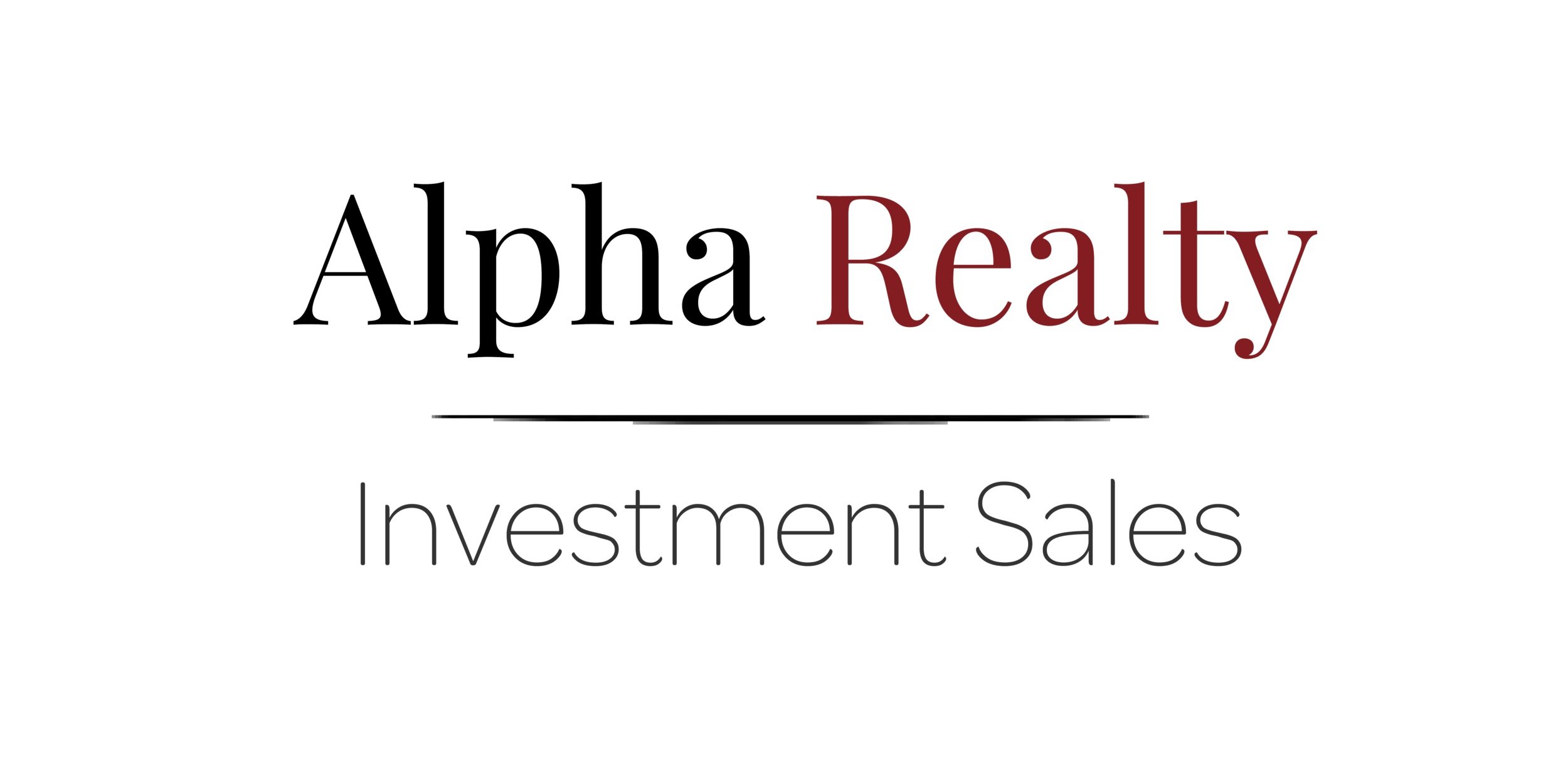Substantial Rehab
With the passage of new rent regulations in 2019, all of the old value-add strategies to increase rents have been basically rendered ineffective - No more rent deregulation threshold, sever curtailing of IAI’s and MCI’s, and removal of the 20% vacancy allowance increase to the legal rents.
One method however, still remains and it’s known as “Substantial Rehab”. In plain language, a value-add investor can convert a rent stabilized building into free-market if the building meets the following criteria and the investor undergoes substantial rehab of the property.
· The building must be deemed by DHCR to be in a “seriously deteriorated condition”
· If the property is 80% or more vacant, it is automatically deemed as such.
· 75% or more of building-wide systems and individual housing accommodations must be replaced or “made as new”
For example, depending on the asset size, if you determined there are 10 building-wide systems in your property, such as plumbing, heating, electrical, elevators, trash etc - 75% of these systems must be replaced or “made as new” at the determination by DHCR.
In addition, all common area surfaces (hallway floors, walls and ceilings) must be replaced as well as surfaces in all individual units.
Recently we have seen a tremendous demand for vacant (or mostly vacant) rent stabilized properties. I think in this new environment, we will see these types of deals trade at a significant premium. Value-add investors are aggressively seeking these types of deals as Substantial Rehab seems to be the only way to convert rent-stabilized units into Free-market units.

